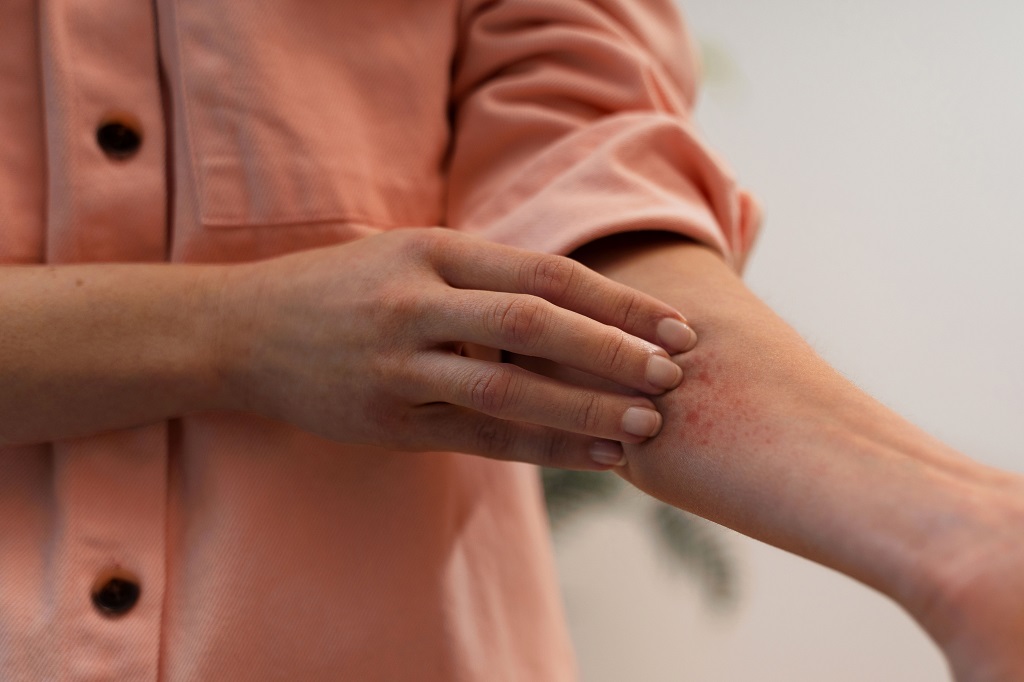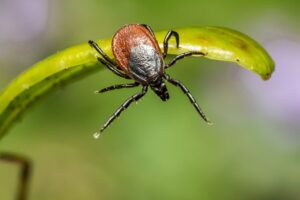Lyme Disease Awareness: Shedding Light on a Silent Epidemic

Lyme disease, often referred to as a silent epidemic, continues to be a pervasive health concern with far-reaching consequences. As we delve into the intricate web of tick-borne illnesses, it becomes evident that understanding Lyme disease is not only crucial for those directly affected but also for fostering greater awareness and prevention. In this comprehensive exploration, we will explore Lyme disease symptoms, tick prevention strategies, treatment options, and key facts to shine a light on this silent epidemic that warrants our collective attention.
The Silent Epidemic
Lyme disease is a bacterial infection caused by the spirochete bacterium Borrelia burgdorferi, primarily transmitted through the bite of infected black-legged ticks, also known as deer ticks. What makes Lyme disease particularly insidious is its ability to mimic various other illnesses, leading to delayed diagnosis and treatment.
Lyme Disease Symptoms
The symptoms of Lyme disease can be wide-ranging and may manifest in different stages, making it challenging to identify. In the early stages, individuals may experience flu-like symptoms, including fever, chills, fatigue, muscle and joint aches, and swollen lymph nodes. However, one of the hallmark signs is the appearance of a distinctive rash resembling a bull’s eye, known as erythema migrans.
As the disease progresses, symptoms may escalate to neurological issues, such as difficulty concentrating, memory problems, and tingling or numbness in extremities. In severe cases, Lyme disease can affect the heart, joints, and other organ systems.
Tick Prevention
Preventing Lyme disease starts with effective tick prevention strategies. Given that ticks thrive in wooded and grassy areas, individuals spending time outdoors, particularly in endemic regions, should adopt precautionary measures. Here are some key strategies for tick prevention:
1. Wear Protective Clothing: When venturing into areas where ticks are prevalent, wear long sleeves, pants, and closed-toe shoes to minimize skin exposure. Tucking pants into socks provides an additional barrier.
2. Use Tick Repellent: Apply an EPA-registered insect repellent containing DEET, picaridin, or other recommended ingredients to exposed skin and clothing. Reapply as needed, especially if sweating or spending extended periods outdoors.
3. Perform Tick Checks: Conduct thorough tick checks on yourself, family members, and pets after spending time outdoors. Ticks are often found in hidden areas, such as behind the ears, in the hair, and along the waistband.
4. Create Tick-Safe Zones: Modify your outdoor environment to reduce tick habitats. Keep lawns well-maintained, remove leaf litter, and create barriers like wood chips or gravel between wooded areas and recreational spaces.
5. Stay on Trails: Stick to well-traveled paths when hiking or walking in nature. Avoid brushing against vegetation, as ticks often wait on the tips of grasses and branches for a host to pass by.
Lyme Disease Awareness
Heightening Lyme disease awareness is fundamental to addressing this silent epidemic. Understanding the prevalence, symptoms, and prevention measures empowers individuals to take proactive steps in safeguarding their health. Lyme disease awareness campaigns, educational initiatives, and community outreach play a vital role in disseminating accurate information and dispelling myths surrounding this often misunderstood condition.
Lyme Disease Treatment
Early detection and prompt treatment are crucial for effectively managing Lyme disease. Antibiotics, typically doxycycline, amoxicillin, or cefuroxime, are commonly prescribed to eliminate the infection. The duration of Lyme disease treatment may vary depending on the stage of the disease and the severity of the symptoms. In some cases, more extended courses of antibiotics may be necessary, especially if the infection has progressed to later stages.
It’s essential to consult with a healthcare professional for an accurate diagnosis and appropriate treatment plan. Delayed or inadequate treatment can lead to persistent symptoms, known as post-treatment Lyme disease syndrome (PTLDS), which may include ongoing fatigue, joint pain, and cognitive difficulties.
Lyme Disease Facts
1. Geographic Spread: Lyme disease is prevalent in the northeastern, north-central, and Pacific coastal regions of the United States. However, cases have been reported in all 50 states, highlighting the importance of nationwide awareness and prevention efforts.
2. Ticks Transmitting Lyme Disease: While the black-legged tick (Ixodes scapularis) is the primary vector for Lyme disease in the United States, other species, such as the western black-legged tick (Ixodes pacificus), can also transmit the bacterium.
3. Underreporting: Due to the complexity of diagnosis and the nonspecific nature of symptoms, Lyme disease is often underreported. The actual number of cases is believed to be significantly higher than officially documented.
4. Co-Infections: Tick-borne diseases can be further complicated by co-infections. Other pathogens, such as Babesia, Anaplasma, and Bartonella, can be transmitted simultaneously with Borrelia burgdorferi, contributing to a more complex clinical picture.
5. Year-Round Risk: While ticks are most active during the warmer months, Lyme disease can be contracted at any time of the year. Ticks may remain active during mild winter days, posing a continuous risk to outdoor enthusiasts.
Restoration Healthcare: A Holistic Approach to Lyme Disease
Restoration Healthcare embraces a holistic approach to Lyme disease, recognizing that addressing the root causes involves more than just targeting the bacterial infection. Integrative care focuses on supporting the immune system, managing inflammation, and addressing co-infections to enhance overall well-being.
1. Nutritional Support: A nutrient-dense diet is essential for supporting the immune system and aiding in the body’s recovery from Lyme disease. Antioxidant-rich foods, omega-3 fatty acids, and a well-balanced intake of vitamins and minerals contribute to overall health.
2. Immune System Optimization: Strengthening the immune system is integral to overcoming Lyme disease. Restoration Healthcare may incorporate immune-supporting supplements, herbal remedies, and lifestyle modifications to bolster the body’s defense mechanisms.
3. Detoxification: Lyme disease and co-infections can produce toxins that burden the body’s detoxification pathways. Restoration Healthcare may include detox protocols, such as saunas, dietary interventions, and targeted supplements, to assist in the removal of harmful substances.
4. Mind-Body Practices: Chronic illnesses, including Lyme disease, can take a toll on mental health. Restoration Healthcare recognizes the importance of mind-body practices such as meditation, yoga, and counseling to support emotional well-being during the healing process.
Take Action Against Lyme Disease Today: Schedule Your Consultation!
As we strive to shed light on the silent epidemic that is Lyme disease, it becomes evident that a comprehensive approach is necessary for effective prevention, diagnosis, and treatment. By raising awareness, implementing preventative measures, and seeking prompt medical attention, individuals can navigate the complexities of Lyme disease more effectively. Restoration Healthcare, your trusted Lyme Disease Specialist, advocates for a holistic approach that emphasizes supporting the body’s innate healing mechanisms to achieve optimal well-being in the face of this challenging health issue.
Contact us at (949) 523-1987 to schedule your consultation today. With continued research, education, and collaborative efforts, we can work towards minimizing the impact of Lyme disease on individuals and communities alike.

